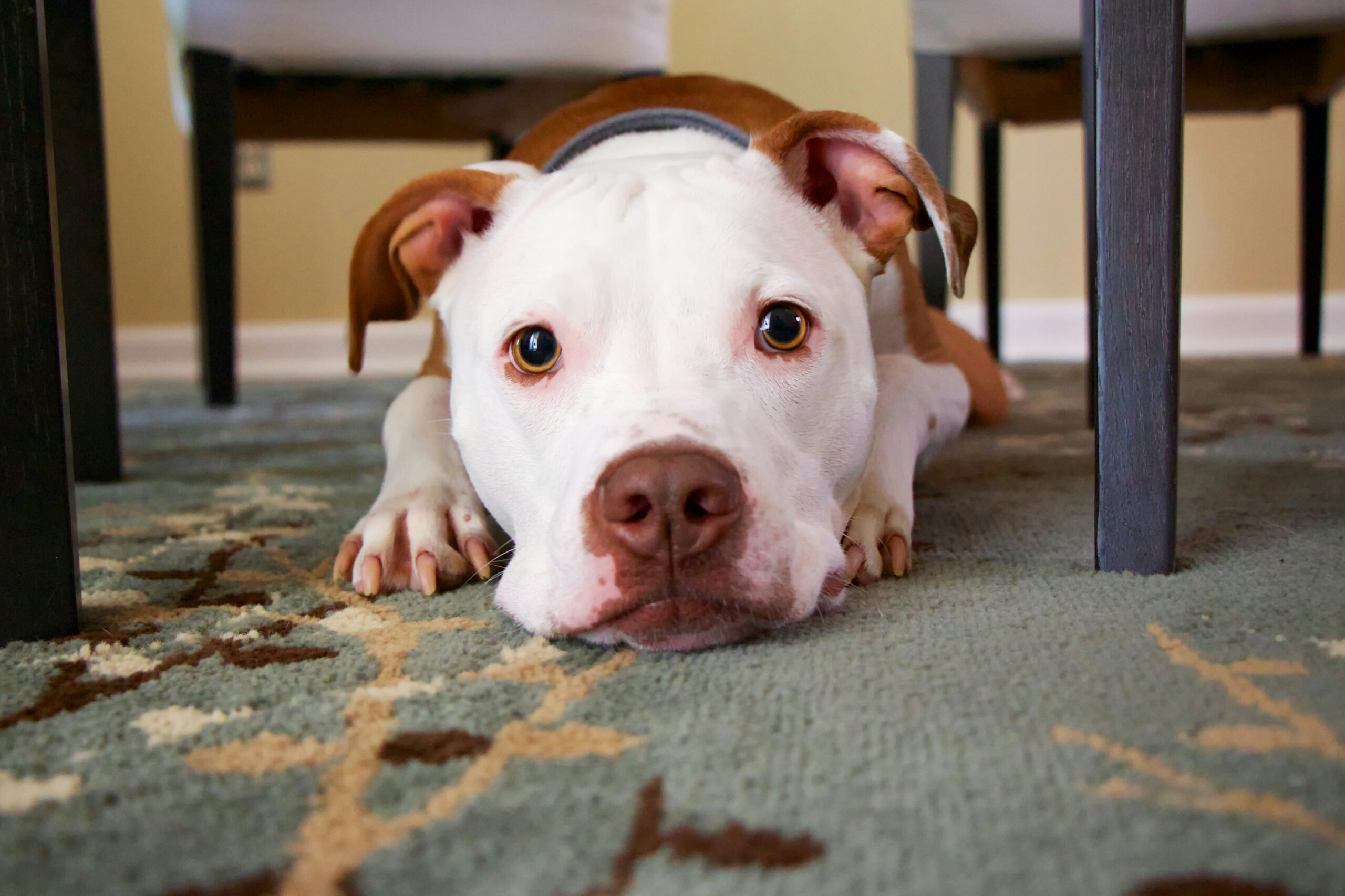Dog Home Safety: Essential Tips for a Secure and Happy Home Environment

Creating a safe home environment for your dog is crucial for their well-being and happiness. Dogs are curious and energetic, which can sometimes lead to accidents if their environment isn’t properly secured. This comprehensive guide will help you identify potential hazards, implement safety measures, and create a safe haven for your furry friend.
1. Securing Your Home Environment
1.1. Childproofing for Dogs
Why It’s Important: Just as you would childproof a home, many of the same principles apply to dog-proofing. Dogs are naturally curious and can get into trouble if items are left within their reach.
Key Measures:
- Secure Cabinets and Drawers: Use childproof locks to prevent access to cleaning supplies, medications, and other potentially harmful items.
- Hide Cords and Wires: Keep electrical cords, phone chargers, and other wires out of reach or use cord protectors to prevent chewing.
- Store Small Objects: Keep small items like toys, buttons, and sewing supplies out of reach to avoid choking hazards.
1.2. Window and Door Safety
Why It’s Important: Open windows and doors can be a risk for dogs, especially those prone to jumping or climbing.
Key Measures:
- Window Screens: Ensure window screens are securely attached to prevent falls.
- Pet Gates: Use gates to restrict access to certain areas, such as stairways or rooms with potentially dangerous items.
- Secure Doors: Install door latches or locks to prevent dogs from wandering outside unattended.
1.3. Safe Space Creation
Why It’s Important: Providing a designated safe space can help your dog feel secure and reduce the risk of accidents.
Key Measures:
- Comfortable Crate: Use a crate or a designated area with a comfy bed where your dog can retreat to relax and feel safe.
- Chew-Proof Toys: Provide durable toys to prevent chewing on furniture or household items.
- Pet-Friendly Furniture: Choose furniture that is easy to clean and resistant to chewing and scratching.
2. Toxic Substances and Hazardous Materials
2.1. Household Cleaners
Why It’s Important: Many household cleaners contain chemicals that can be toxic to dogs if ingested or if they come into contact with their skin.
Key Measures:
- Store Safely: Keep all cleaning products in a secured cabinet or area out of your dog’s reach.
- Use Pet-Safe Products: Opt for cleaning products labeled as safe for pets or use natural alternatives like vinegar and baking soda.
2.2. Plants and Foods
Why It’s Important: Some common household plants and foods are toxic to dogs and can cause serious health issues if ingested.
Key Measures:
- Toxic Plants: Avoid keeping plants such as lilies, poinsettias, and philodendrons in your home. Check lists of dog-toxic plants and remove any that are harmful.
- Safe Foods: Keep human foods like chocolate, grapes, onions, and caffeine out of reach, as these can be poisonous to dogs.
2.3. Medications and Supplements
Why It’s Important: Many over-the-counter and prescription medications can be toxic to dogs, even in small amounts.
Key Measures:
- Secure Storage: Store all medications and supplements in a locked cabinet or high shelf.
- Proper Disposal: Dispose of expired or unused medications properly to prevent accidental ingestion.
3. Preventing Accidents and Injuries
3.1. Furniture and Home Decor
Why It’s Important: Sharp edges, unstable furniture, and small decor items can pose risks to dogs, especially energetic or playful ones.
Key Measures:
- Corner Protectors: Use corner protectors on sharp edges of furniture to prevent injuries.
- Stable Furniture: Ensure that furniture is stable and not prone to tipping over.
- Pet-Safe Decor: Avoid small or breakable items that could be swallowed or cause injury.
3.2. Outdoor Safety
Why It’s Important: Outdoor environments present additional risks, such as exposure to traffic, other animals, and environmental hazards.
Key Measures:
- Fenced Yard: Ensure your yard is securely fenced to prevent your dog from escaping.
- Leash and Harness: Always use a leash and harness during walks to maintain control and prevent escapes.
- Supervised Outdoor Time: Supervise your dog while they are outside to keep them safe from potential dangers.
4. Emergency Preparedness
4.1. First Aid Kit
Why It’s Important: Having a well-stocked first aid kit can be invaluable in an emergency situation.
Key Items to Include:
- Basic Supplies: Bandages, antiseptic wipes, tweezers, and adhesive tape.
- Emergency Contacts: Contact information for your veterinarian and an emergency animal clinic.
- Medications: Any necessary medications your dog may need in an emergency.
4.2. Pet Identification
Why It’s Important: Proper identification can help you recover your dog if they become lost or separated from you.
Key Measures:
- Microchipping: Ensure your dog is microchipped and that the information is up-to-date.
- ID Tags: Use a collar with an ID tag that includes your contact information.
4.3. Emergency Plan
Why It’s Important: Having a plan in place can help you respond quickly and effectively in case of an emergency.
Key Measures:
- Emergency Routes: Know the location of the nearest emergency veterinary clinic and have a plan for transportation.
- Evacuation Plan: Develop an evacuation plan that includes your dog, ensuring you have a safe way to transport them if necessary.
5. Regular Maintenance and Safety Checks
5.1. Routine Inspections
Why It’s Important: Regularly checking your home for potential hazards can help prevent accidents before they occur.
Key Measures:
- Home Safety Audit: Periodically review your home for new potential hazards and address them promptly.
- Update Safety Measures: As your dog ages or changes, update safety measures to accommodate their needs.
5.2. Training and Behavior
Why It’s Important: Proper training can help your dog understand and adapt to their safe environment.
Key Measures:
- Basic Commands: Teach basic commands like “sit,” “stay,” and “leave it” to help manage behavior and prevent accidents.
- Positive Reinforcement: Use positive reinforcement techniques to encourage good behavior and discourage dangerous habits.
Conclusion
Ensuring your dog’s safety at home involves a combination of preventive measures, regular maintenance, and emergency preparedness. By creating a secure environment, managing potential hazards, and being prepared for emergencies, you can provide a safe and happy home for your furry friend. Regularly review and update your home safety practices to adapt to your dog’s changing needs, and always stay vigilant to keep your canine companion out of harm’s way.




